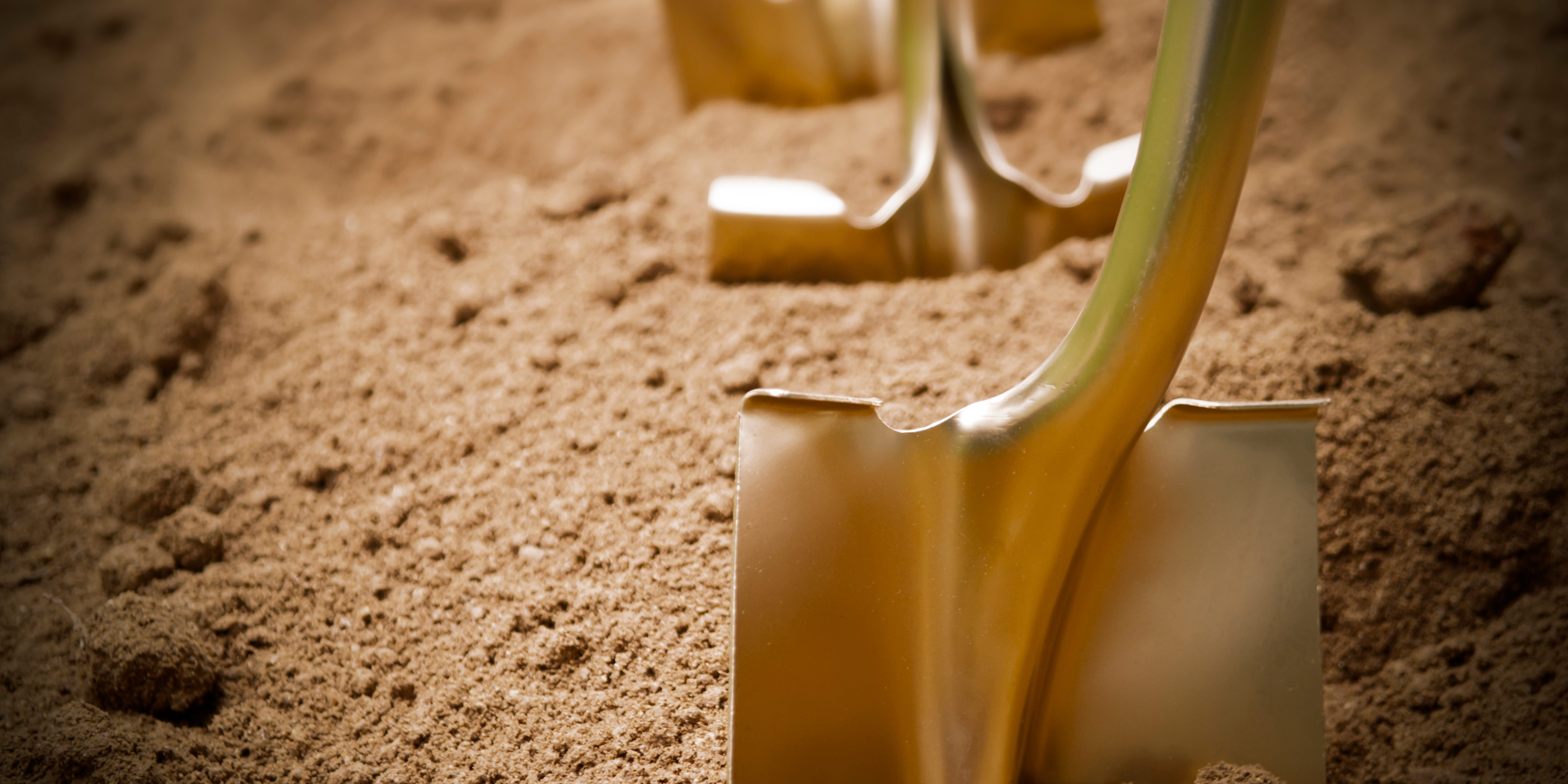The water was gushing from the bathtub faucet as I clumsily attempted to tighten the screw. My wife, once she finished laughing at the geyser in my face, calmly turned off the water - something that, in the chaos of the moment, was not apparent to me. It was a simple home repair, or so I thought; however, it turns out that, given my “skill set”, there are very few simple home repairs. But at the end of the day, I learned new and valuable knowledge and developed skills that helped me solve a problem and that will be useful in the future.
In other words, I took part in Deeper Learning!
Deeper Learning seeks to empower students to think deeper, collaborate better, and problem-solve meaningfully. It goes beyond surface-level understanding and memorization and focuses on developing students’ higher-order thinking skills and abilities, enabling them to understand and apply knowledge in meaningful ways.
Now, it wasn’t until I sat down to write this piece that I realized this reality, but it is a great example of the authenticity of true Deeper Learning, and it really got me thinking about pathways into Deeper Learning. Of course, many states are making this a full-blown initiative, but for those teachers looking to make a shift towards Deeper Learning as an individual or maybe as a grade-level team, trying to figure out how to start can be a challenge. So, below are three suggestions for pathways for shifting to Deeper Learning.
Problem/Solution
There are metaphorical broken bathtub faucets all around us, especially when we ask our students what problems they see within their worlds. Now, I am very deliberate here to choose the phrase “their world” and not the often-used “real world.” When we think of Deeper Learning, we must think of our students’ lives as real because they are, and asking them what problems they see within those lives is a great way to launch a Deeper Learning experience. And better still, we give them the time, space, resources, and guidance to formulate original solutions to these problems. That is Deeper Learning.
What Are You Wondering?
I originally heard of a version of this concept during a presentation given by Sara K. Ahmed and Harvey “Smokey” Daniels based on their book Upstanders, and it is amazing how simple yet powerful it can be - especially if modeled for students (which is really important to help get their thinking going). I simply give students a document with two columns: “What do you wonder about yourself?” and “What do you wonder about the world around you?” From there, I give them time to work and chat with each other as they come up with ideas. After 10 minutes or so, I stop and give some examples before letting them get back to brainstorming and discussing. These examples are wonderings such as:
- Will there ever be an end to using actual cash money?
- If no one else in my family has any musical abilities, how did it be that I went on to study music in college?
Depending on your discipline, you might need to narrow the scope of the wonderings to fit with the current unit, but the concept still works.
In Response To
There is a lot going on in this world today and plenty of coverage of it, so why not tap into this reality? Ask students to formulate questions about a recent event - local or national, a piece of content they see online, or something they read recently. Let them explore. Give them the time and space to learn and encourage them to allow what they uncover to take them in any and all directions and paths possible. The end game? Maybe there isn’t. Sometimes the process can be the product, and at the same time, the students themselves might have ideas for a product, too, based on what they find.
For example, there is a lot going on around space exploration - from the “traditional” NASA to private companies stretching the frontier. Use that! Next time there is a launch, give students time and space to explore. Teaching math or science? Well, that seems like an easy connection, right? Let students explore the technology behind this specific launch and/or the history of how technology has evolved. Teach English or social studies? Give students time and space to explore the stories behind the people involved and those that came before them. Teach art? What about inviting students to create something in which “exploration” is the theme? Teach psychology or behavioral science? Give students the opportunity to dive into the mental side of being in space and/or that level of isolation over that amount of time. The possibilities are endless if we just take the time to give students the space to explore.
Now that you have an idea(s) for how to get started, it is time to do the work.
Tips for Successfully Facilitating Deeper Learning
Tip 1: Progress Over Perfection - There is never the perfect time to make this shift, and if you plan on waiting for it to come, you will never get started. The best time to start is now!
Tip 2: Rethink “Teaching” - It is called Deeper LEARNING, not deeper teaching. In some respects, this isn’t “about us” as the teachers; it is, though, about giving students the time, space, resources, and supports they need to explore, play, learn, question, and produce. As such, there might be times when how you “teach” looks different than the tradition - and that is okay.
Tip 3: Work Alongside Them - This is a great opportunity to model authentic learning in meaningful ways. If you are asking your students to identify and solve a problem, you can do the same thing. This sort of side-by-side learning helps students see that they aren’t just “checking a box for the sake of school” but instead, engaging in the sort of learning that life outside of school will require of them on a regular basis.
The growing popularity of Deeper Learning is both validating and exciting. Deeper learning is a crucial educational approach that empowers students with the skills and knowledge needed to thrive in an ever-evolving world. By encouraging critical thinking, problem-solving, collaboration, and creativity, deeper learning equips students with the tools to navigate complex challenges and make meaningful contributions to their environment. It fosters a deeper understanding of concepts and encourages lifelong learning, preparing students for success in their passions, academic pursuits, and/or careers. When teachers and schools prioritize deeper learning, students are empowered to take greater ownership of their education which leads to improved outcomes and improved learning, so embracing deeper learning is not only vital for the individual growth and development of students but also for the collective progress and prosperity of our society as a whole.
Understand how to plan for, how to assess, and how to be able to design Deeper Learning experiences for your school and/or classroom. Explore Professional Development Options.



